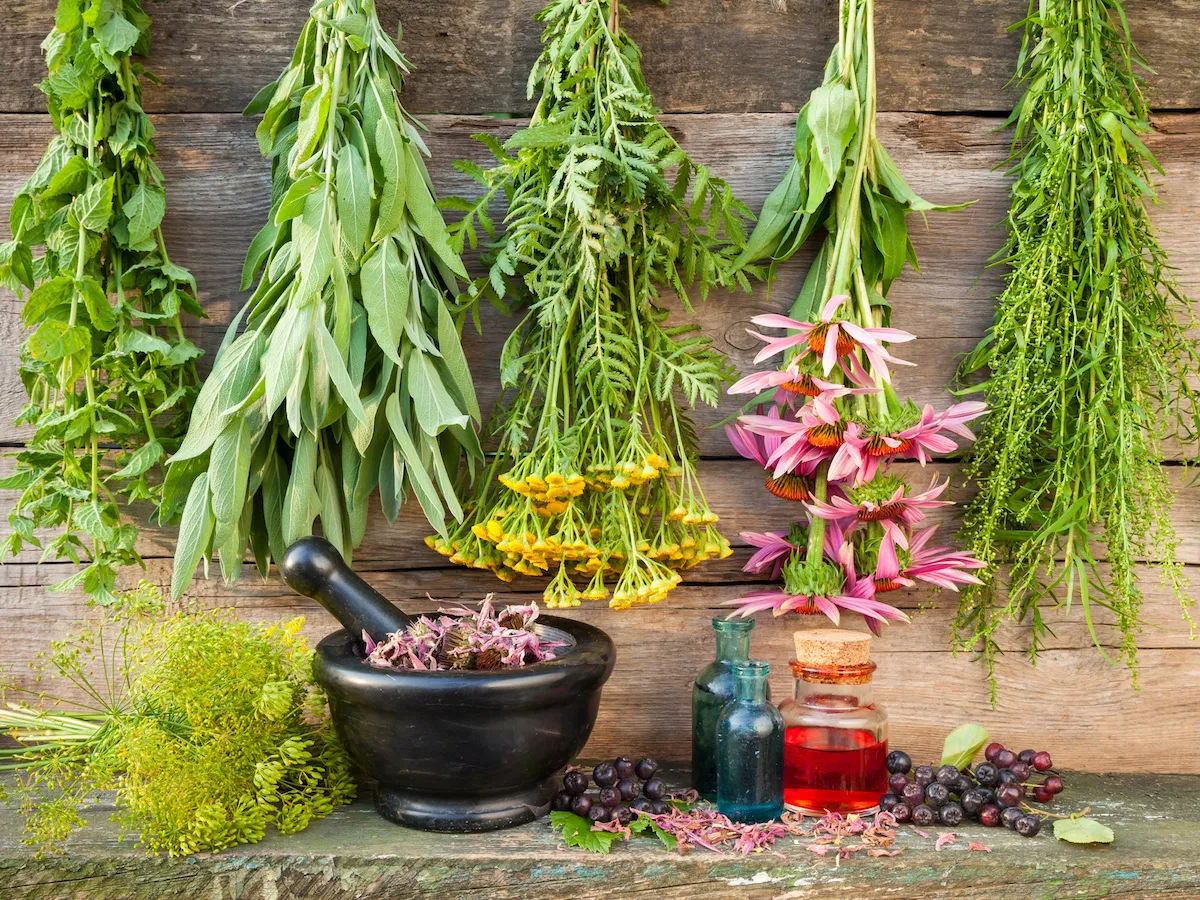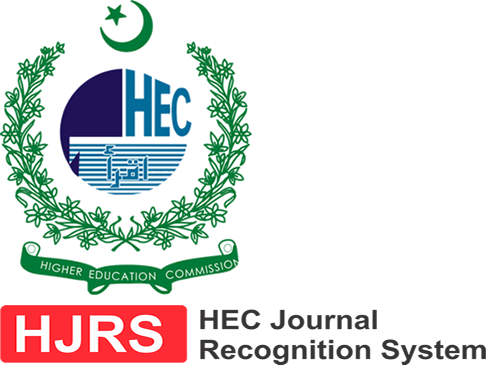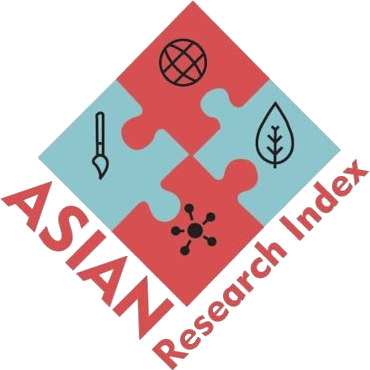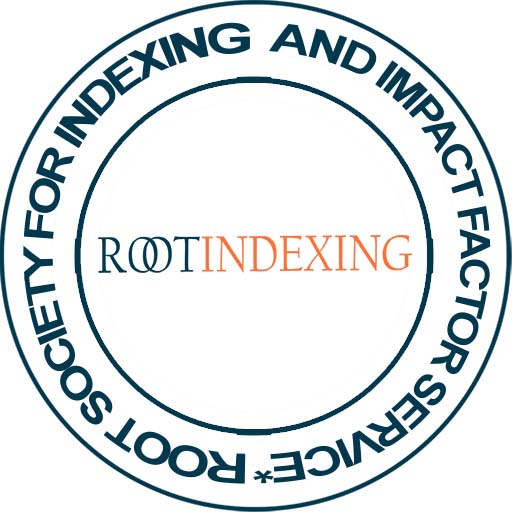MEDICINAL SIGNIFICANCE OF PLANTS MENTIONED IN HADITH LITERATURE AND CONTEMPORARY TIMES: AN ANALYSIS
DOI:
https://doi.org/10.5281/zenodo.7653501Keywords:
Hadith Literature, Plants, Herbs, Medicinal properties, ClassificationAbstract
Several kinds of plants and herbs are found in different regions of the world. All the plants have significant economic, environmental, nutritional, and medicinal value. Many plants and herbs with medicinal properties have been mentioned in the hadith literature. Prophet Muhammad (SAW) has advised using various plants in His sayings as a remedy for illness. According to modern scientific reports, Plants contain carbohydrates, minerals, and vitamins. Plants are be have been used to cure diseases from the beginning of man`s history. Cure and diseases have a deep relationship with each other. With the passage of time health curative system was updated by hadith literature. Plants with their medicinal values and pharmacological actions can be seen in the holy sayings of the prophet Muhammad (SAW). Herbal medicines are considered hope and a symbol of safety for humanity. In fact, people are returning to the natural cure for diseases in the current pandemic environment. our major objective of this study is to highlight the importance, nutritional and medicinal properties of some selected herbs and plants mentioned in hadith literature. Furthermore, this research analyzes ingredients, plants' classification, and the natural cures of diseases in contemporary times.
References
Qur’an Sura Aaraf, 7:19
As-Sijistani, A. D. Sunan Abi Dawood, (Dar al-Ri Salah Al-Amali. 2009),88
Ibid
Farooqi, Dr. Iqtdar Hussain, Tibb-e-Nabvi Aur Nabatat-e-Ahadith, (Lucknow (India): Sidrah Publications,.2010),131
Quran, Sura Aadhar, 86:17
Abu ul Qasim Altubrani Sulman bin Ahamad bin Ayoub bin Al Lutmi Al Shami, Muizum ul Aaoust, (Al-Qahrah, 1990.Dar uls Harmain), Al. qahra Vol,2, p.43
USDA, Nutritional value of Giner (100g), Ginger Nutrition Fact, January 2023
://www.google.com/search?q=Nutritional+value+of+Ginger+(100g)&oq
Farooqi, Dr. Iqtdar Hussain., Tibb-e-Nabvi Aur Nabatat-e-Ahadith, 133
Mustafa G., Tibb-e-Luqmani, (Haider bad: Naveed book depo.paka qila,2007).P.38
Chughtai Tariq. Muhmood., The wonders of herbs and modern scientific research,( Lahore: Khazeena Elm o Adab), 219
Israr H., George V., Materia Medica,( Lahore: Maktabah Daniyal, N.D.),104
As-Suyuti, J. A., Medicine of the Prophet, (Trans),( London: Ta-Ha Publishers1994),78
Štajner, D., N. Milić, J. Čanadanović‐Brunet, A. Kapor, M. Štajner, and B. M. Popović. "Exploring Allium species as a source of potential medicinal agents." Phytotherapy Research: An International Journal Devoted to Pharmacological and Toxicological Evaluation of Natural Product Derivatives 20, no. 7 (2006): 581-584.
Anonymous, WHO Monographs on Selected Medicinal Plants,( Geneva: World Health
Organization, 1999),1:5-12
Anonymous, Pharmacopoeia of the People’s Republic of China, (Beijing,:Chemical Industry Press,1997), 1:7
Biswas P.K. Encyclopedia of Medicinal Plants, (New Delhi: Dominant Publishers and Distributors,.2006), 675
Quran, Sura Baqra, 2:61
As- Sajistani, Sunan Abu Dawood , Hadith: 3839
Kumar S, Shukla YN, Lavania UC, Sharma A, Singh AK, Medicinal and aromatic plants: Prospects for India. J. Med. Arom. Pl. Sc. 1997, 19 (2), 361-365
Quran, Sura al baqra, 2:61
Abu Isa , Muhammad bin Isa bin Surah bin Musa bin Al-Dahhak, Al-Tirmidhi,, Sunan Tirmzi, ktab ul Autiuma, Bab ma ja fi Rukhsati ukl al som,(Egypt: Mustafa Al-Babi Al-Halabi Library and Printing Company.1975), Hadith No,1808
Peter, K.V. , Handbook of herbs and spices,(England: Woodhead Publishing Limited,2001),27
Kirtikar, K.R. and B.D. Basu, Dehradun, Indian Medicinal Plants, (India: Oriental Enterprises, International Book distributors. 2005), 1116-7.
Nadkarni K. M. Trigonella foenum graecum Indian Materia Medeca,( Bombay:Organization, Geneva,1954),1240-1243
Tabrani, S. B.A. Al-Mu'jam al-Kabeer,( Cairo: Maktabah Ibn Taymiyyah,. 1994).Hadith,196
https://www.nutrition-and-you.com/fenugreek-seeds.html accessed 30 July 2022
Nadeem A. Quranic Fauna and Flora in the Light of Islamic Literature and Biology, Ph.D. Thesis Islamic Studies, ( Lahore: University of the Punjab. Nadeem,2005),326
Quran, Sura Teen, 95:1
Asfahani A. N. Tibb-e- Nabvi,( Dar Ibn-e- Hazm. 2006), 2:486
grams dried Figs, https://www.nutritionix.com/food/dried-figs/100-g
Muawaya, Muhammad Haroon, Khurak Nabvi Aur Jadeed Science, (Karachi: Dar ul Ashaiat, M.A
Jannah Road,N.D.),299
Ghazala STibb-e-Nabvi Quran O Sunnah ki Roshni Main: Aik Tahqiqi o Ilmi Mutalah, Ph.D. Thesis,(Karachi: University of Karachi.2007),207
Haroon M., Khurak -e- Nabwi Aur Jadeed Science,(Karachi: Dar ul Ashait, N.D.),.299
Bukhari, Sahih Bukhari , Sahih Bukhari,( Dar Tauq al-Najaat. 1422AH).Hadith,6248
As-Sijistani, A. D. Sunan Abi Dawood, Hadith:3856
Beetroot Nutrition Facts Nature Claim, https://www.google.com/search?q=Nutritional+Value+of+Beetroots+%2F100g+&biw,13.02.2022
Muhammad ibn Asma'il Imam, Sahih, Bukhari ,Ravia: Hazrat Ayesha Siddiqa, Kitabul-libas, , (Riyadh, 1999), Dar al-Salam, H:5930
Farooqi, Iqtdar. Hussain. Tibb-e-Nabvi Aur Nabatat-e- A hadith, 169

Downloads
Published
How to Cite
License
Copyright (c) 2023 AL MISBAH RESEARCH JOURNAL

This work is licensed under a Creative Commons Attribution 4.0 International License.
AL-MISBAH Research Journal is full open access and licensed under Creative Commons Attribution 4.0 International License; and Published by: Research Institute of Culture & Ideology (REINCI), Islamabad, Pakistan. This allows the research community and the general public to gain unlimited, free and immediate access to scholarly articles, and to reuse the content freely provided that proper attribution is given to the original authors.









